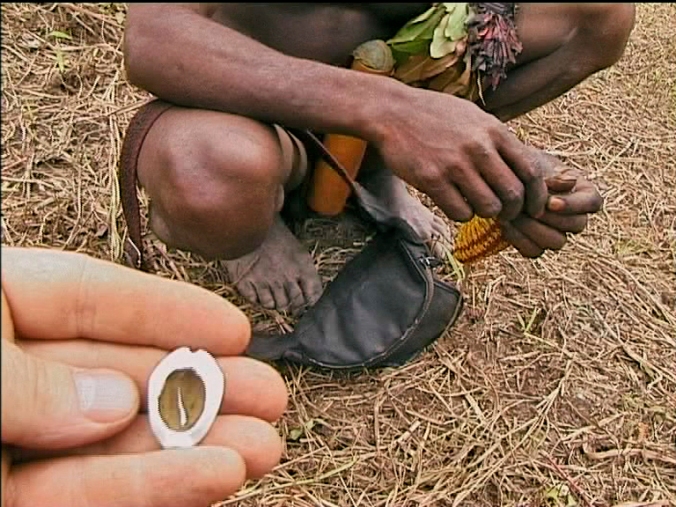When I started to work on my documentary animation project, I made a trial version of an animated piece that influenced the aesthetical choices for my final work. Here you can check the video itself. As long as I had an interview with my hero already, my primary task was to create the visual scape for the sound. However, I did not want to illustrate the words of my hero directly, but create the atmosphere of the culture and place in which she was living. In this small piece I brought to the scene as much objects and symbols as I though is necessary to pay tribute to the simplicity as a guiding principle for the organization of the animation.
“The aesthetic rules defining a world should be as few as possible (but no fewer). The more elemental and simple an environment, the more exciting and visually rewarding it is when we introduce changes to it.” (O’Reilly) (1) This quote applies to the animation creation a lot because the main idea of the experience of animation is the aesthetical pleasure from the way in which the images are changing. So, the main aesthetic decisions for this introductory piece appeared to be the use of natural materials such as fabric (for the doll and flowers), dry berries (for the rain), pieces of moss (for the clouds), threads (for the sun); use of traditional music to create pasing, concentration on two main activities such as doll composition , appearance of the clouds and raining. The last fact appeared to be crucial for the animation because its influence of the viewer depends a lot on the clarity in which it stresses the change on the scene and avoide its overcomplication with objects that are not necessary for perception of the creator’s idea.
As for the technical part, I made 296 photos. Next, I used Photo Mixer program for animation creation where it is possible to set up photo’s duration and the number of frames per second. So, for this piece I used the duration of 1 second and 24 frames settings. This program downloads photos quite long, but it works for the short pieces of video. However, later on it appeared to be much more easier to create animation in Adobe Premier because it downloads the photos to the program faster.
- OReilly, D. (2009). Basic animation aesthetics. Available at: davidoreilly. com (accessed 20 April 2016).

